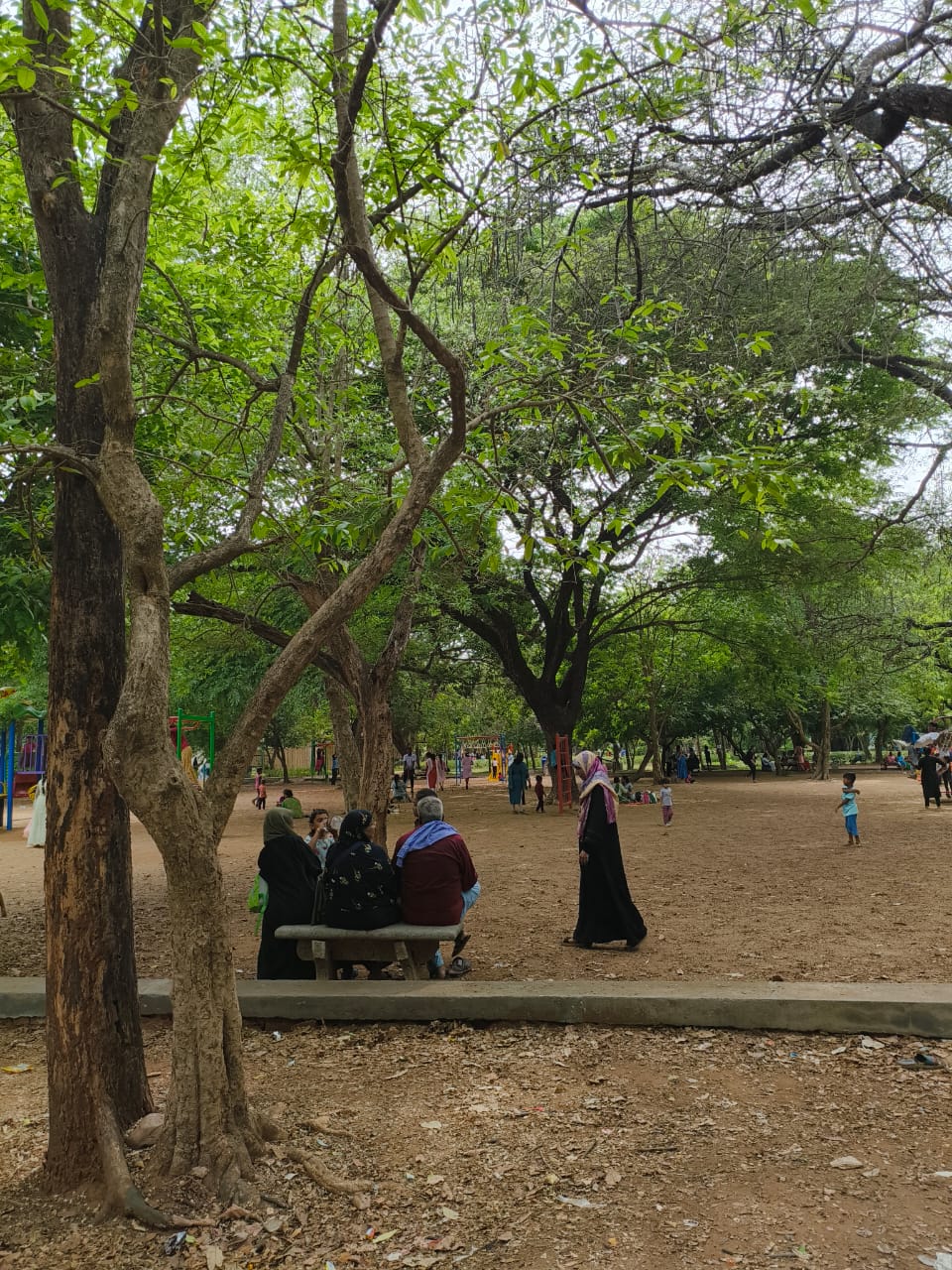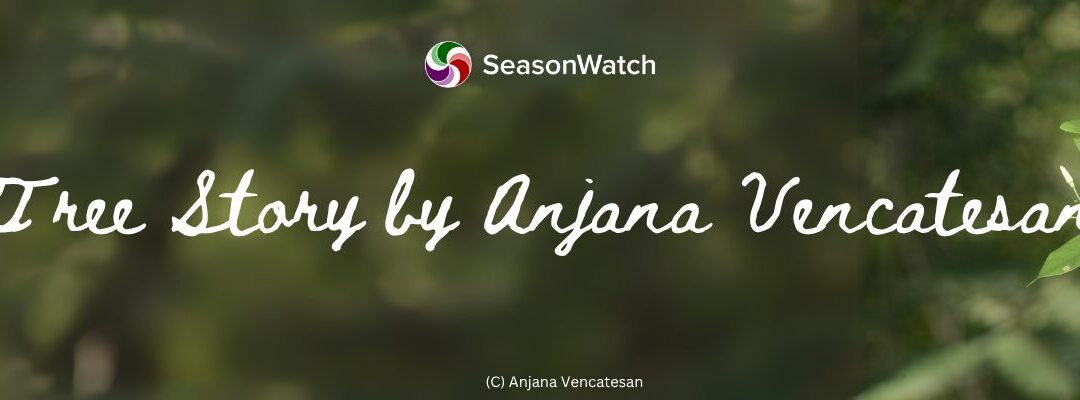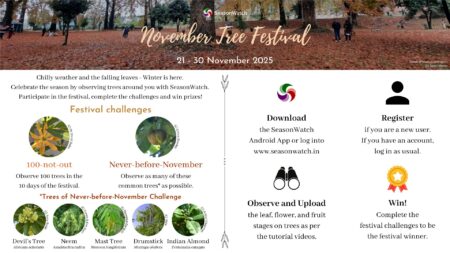Plant Blindness – the inability to see or notice the plants in one’s own environment
Researchers around the world raise alarms about plant blindness, they deem plant taxonomists an endangered species. The data tracks, we would be hard pressed to find the same enthusiasm among people for plants as we do with, say, birding.
Now, to clarify, my knowledge of plants is embarrassingly poor. I know some basic trees (I mean really basic like coconuts, palms, and so on), the ornamentals that look good in a garden (wait, most of them are exotic?) and the notorious invasive alien species that I cannot risk misidentifying while working in a conservation organization (why else would I memorise Senna spectabilis).
Which brings me to my relationship with Pala Indigo (Wrightia tinctoria). We know that people have profound relationships with trees, from wonder to awe to affection. Can someone go through an entire enemies-to-friends arc with a tree?

Flowers and leaves of Pala Indigo (Wrightia tinctorea)
One fine day back in 2021, my colleagues and I were waiting for what seemed an eternity outside a government office in Theni district, Tamil Nadu. My botanist colleague, battling a bad cold and holding his head, points to the tree overhead and asks if I know it. He picks a few leaves and, whilst munching on them, shares that this is the ‘Veppaalai tree’, the leaves known for their medicinal properties, particularly against the common cold. He gives me some, and I proceed to munch on them as well. What follows next is an embarrassing few minutes of me jumping around, unable to handle the spice level of the leaves and drinking many litres of water to try to wash away the taste, all this much to the amusement of passersby.
After this doomed first encounter, the tree’s name was etched in my memory, and I ended up learning more about it – like they say, know your enemy. I skim the book Landscapes & Trees of Rishi Valley, only to find W. tinctoria there and end up reading about it. I learn that the Pala Indigo wood is used in making Channapatna toys. I look it up online to learn more about its multiple medicinal properties, and in the process also learn that “tinctoria” is used to indicate plants that yield a dye. From not knowing the tree to knowing way too many facts about it was a journey.

People under a Pala Indigo
What started as a funny anecdote in 2021 has now morphed into a sweet office ritual. Any W. tinctoria spotted anywhere will immediately be brought to my notice. As a result, I now know the location of multiple W. tinctoria trees across Chennai. The new employees are often perplexed – why this tree in particular? If they make the mistake of asking out loud, they are handed some leaves to munch on and find out before joining the inside joke.
Maybe this is how we fight plant blindness – through stories and laughter and community.

All photos by Anjana Vencatesan.
Author bio: Anjana Vencatesan is a Chennai-based researcher with Care Earth Trust interested in climate risks and political ecology. Whilst not working, she tries to balance a dozen hobbies, old and new.







Lovely story Anjana.I would like to munch on a few leaves and see myself. 🙂